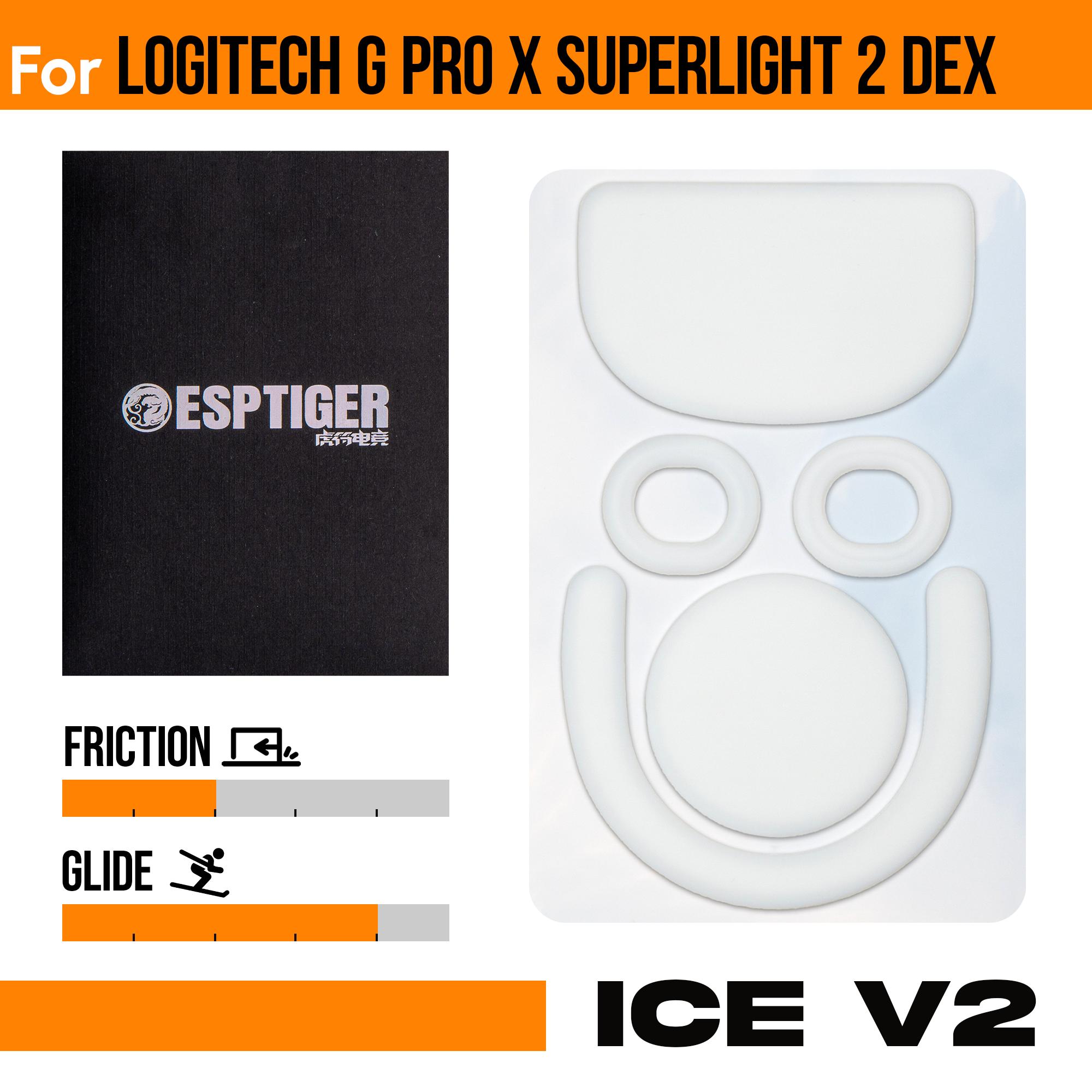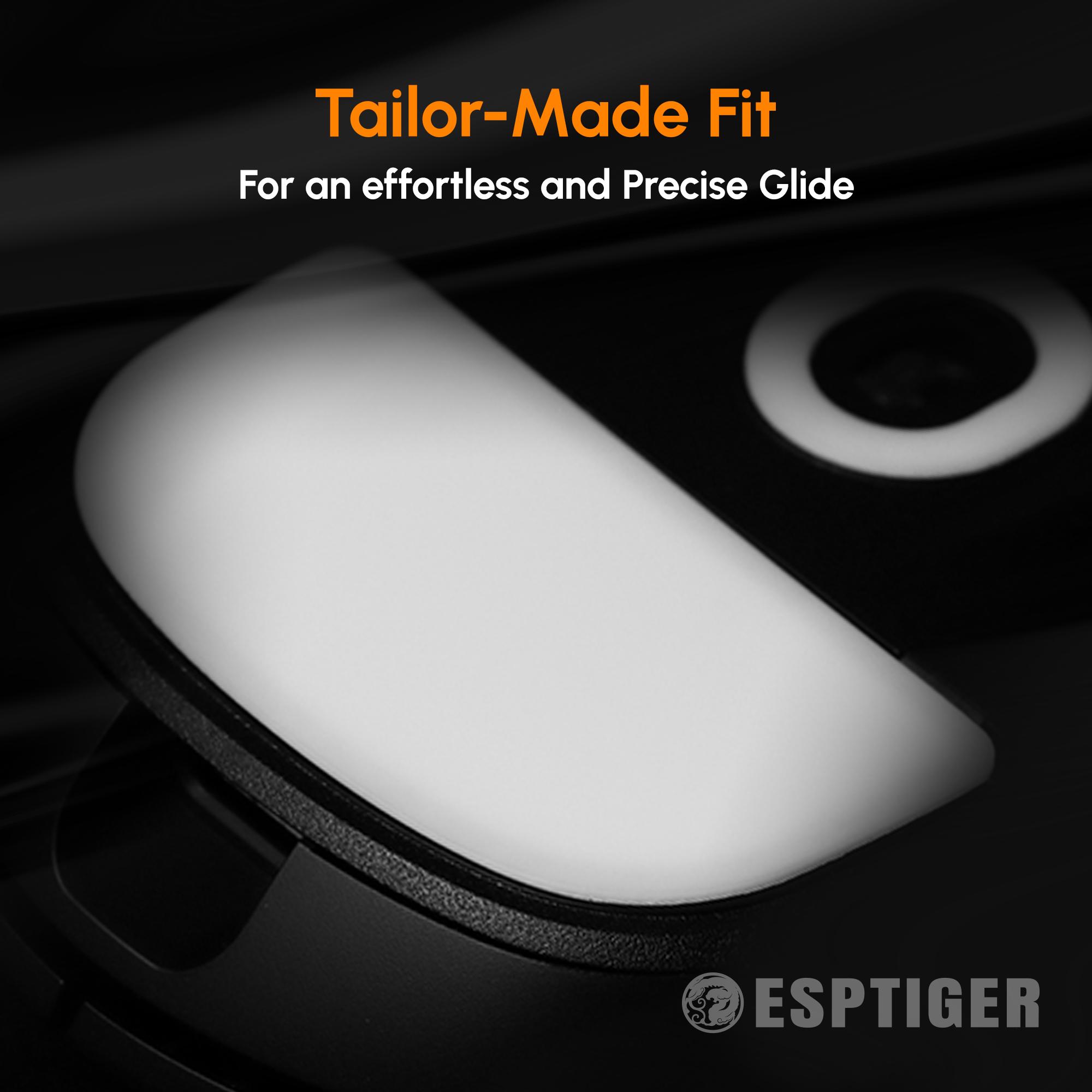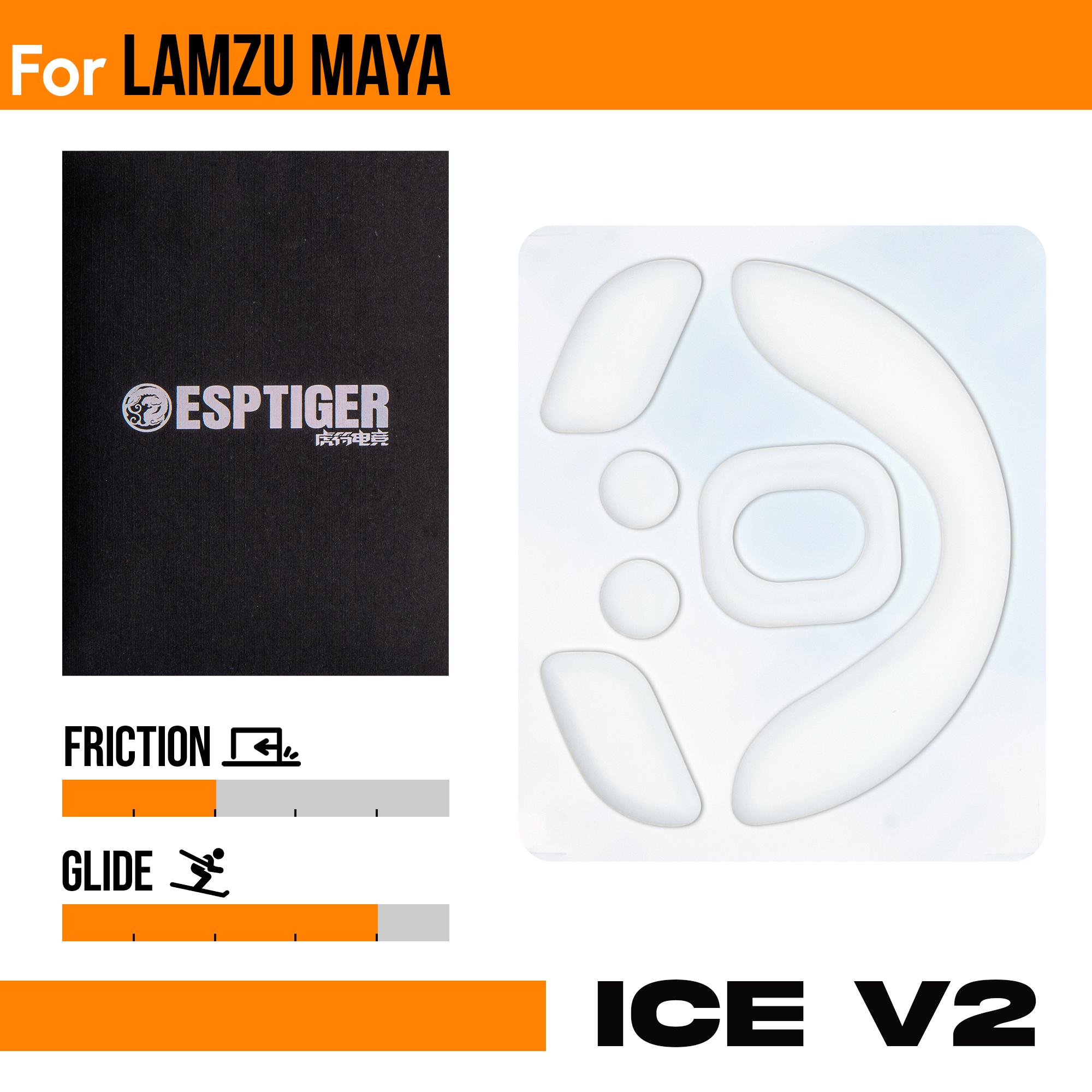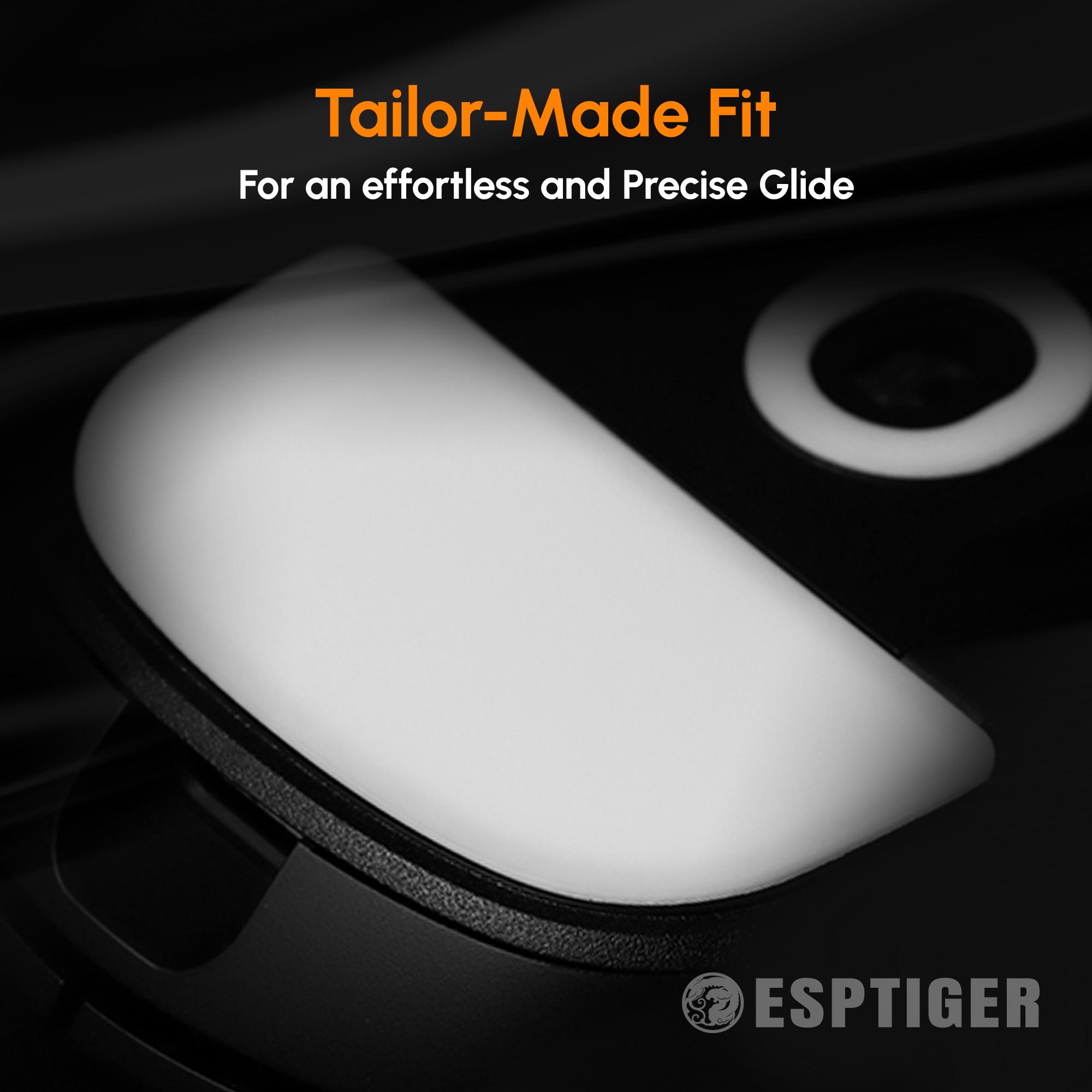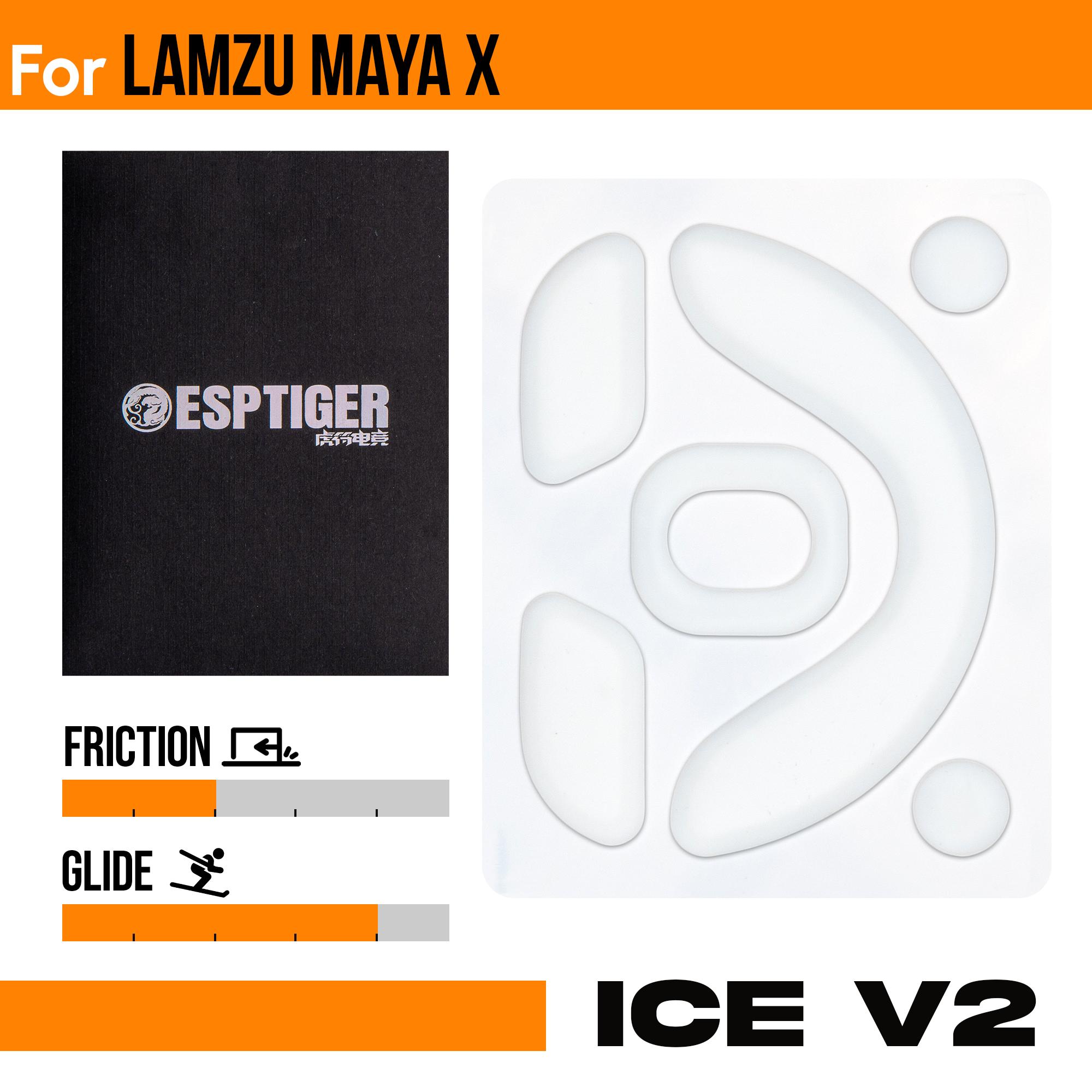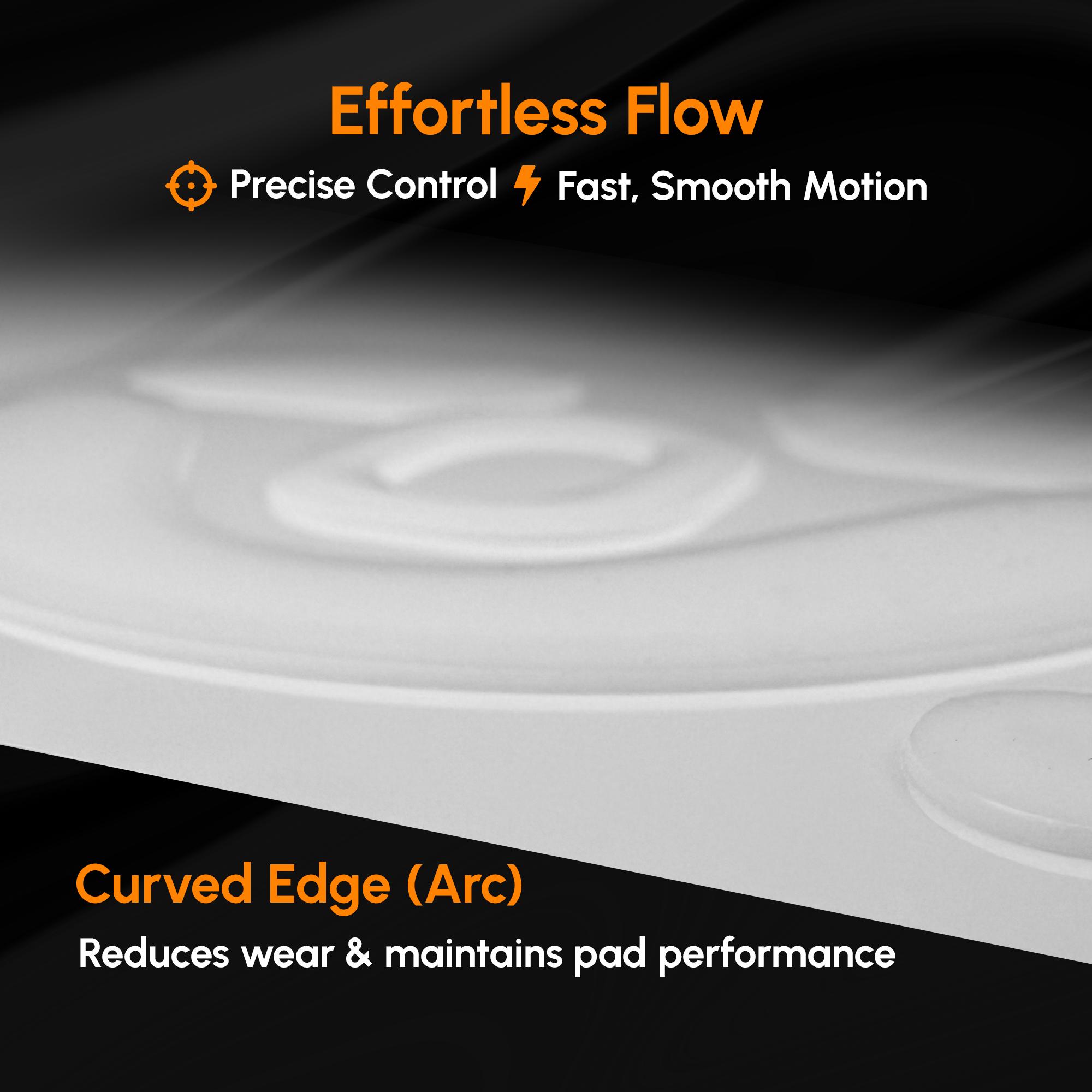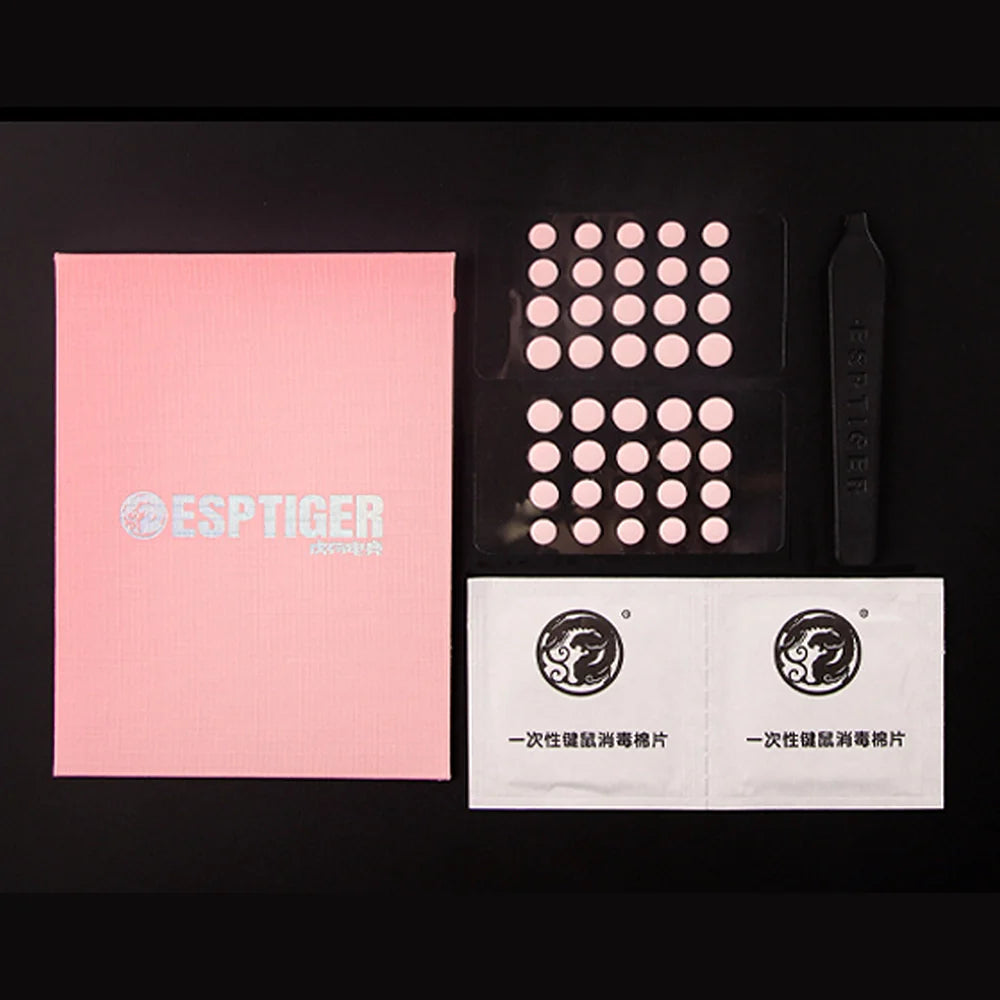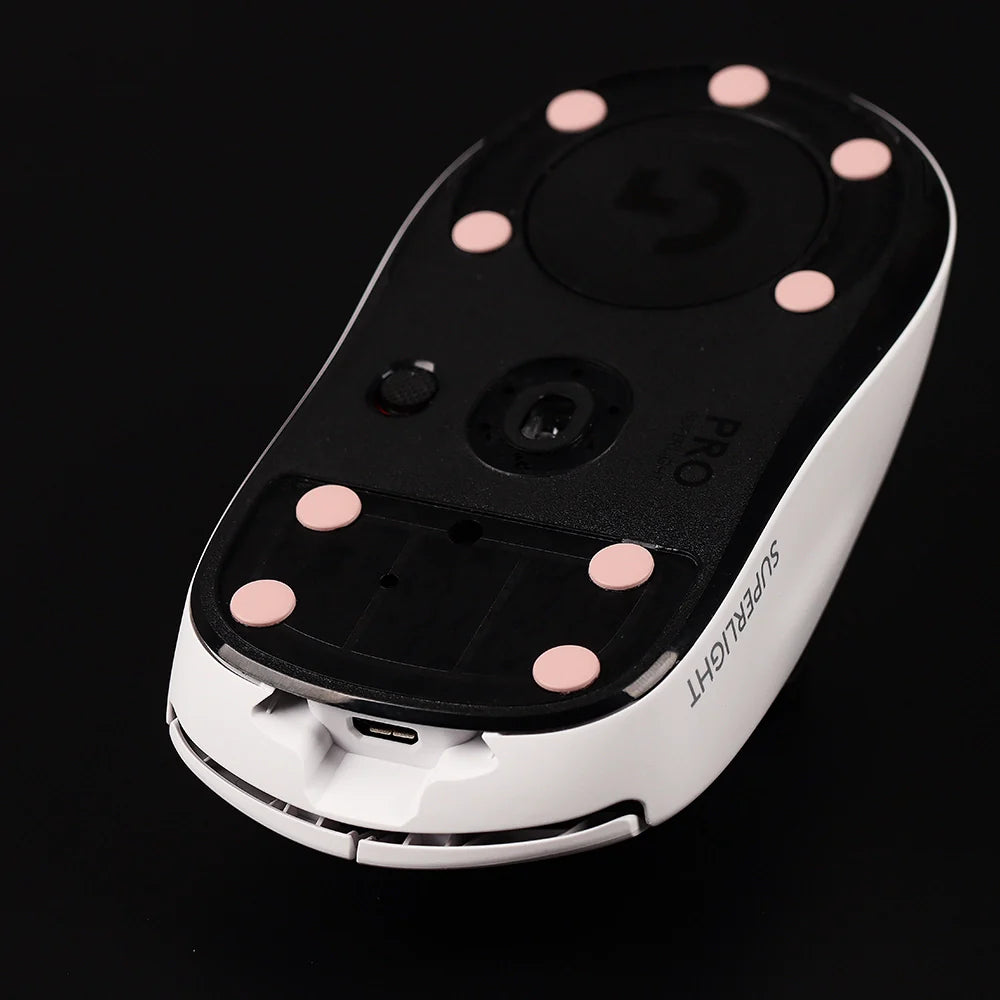A gaming mouse is more than just a pointer—it’s the bridge between you and every in-game move. The right mouse can give you precision, comfort, and speed, while the wrong one can hold you back. Whether you’re climbing the competitive ladder or enjoying single-player adventures, here’s what you need to know before buying.
1. Polling Rate: Speed of Communication
Polling rate is how often your mouse reports its position to your PC, measured in hertz (Hz).
-
500Hz: Reports position 500 times per second—smooth enough for most casual gaming.
-
1000Hz: The standard for modern gaming mice—responsive and accurate for fast-paced titles.
-
2000Hz–8000Hz: Ultra-high polling rates for competitive esports players chasing every millisecond of advantage.
Tip: Higher polling rates can improve responsiveness, but may slightly increase CPU usage and decrease battery life significantly. Most people have a hard time distinguishing 1000Hz+ unless they are on high refresh rate monitors. Even then, 2000Hz+ offers diminishing returns.
2. DPI and Sensitivity
DPI (dots per inch) measures how far the cursor moves per inch of mouse movement.
-
Low DPI (400–800): Great for precise aiming in FPS games, requires more arm movement.
-
Medium DPI (800–1600): Balanced for most games and players.
-
High DPI (1600+): Useful for ultra-high-resolution displays or very fast cursor movements, but often less precise for aiming.
Tip: Many gaming mice have adjustable DPI buttons, so you can switch settings mid-game. Some mice have slightly quicker response times at 1600dpi+.
3. Weight and Build
Mouse weight can make a big difference in speed and comfort.
-
Lightweight (under 70g): Ideal for fast-paced FPS games, less hand fatigue over long sessions. "Top-end" mice are commonly around 40-60 grams in 2025.
-
Medium Weight (70–90g): Balanced for most gaming genres.
-
Heavy (90g+): Feels solid, good for players who prefer controlled, deliberate movements.
Some mice even have adjustable weights so you can customize the feel.
4. Shape and Grip Style
Comfort depends on how a mouse fits your hand and your preferred grip:
-
Palm Grip: Whole hand rests on the mouse—comfortable for long sessions, works well with larger mice. This grip style offers great stability.
-
Claw Grip: Fingers arch up with the palm barely touching—good balance of speed and control.
-
Fingertip Grip: Only fingertips touch the mouse—fastest for flick movements, best with smaller mice. This offers more control but less stability and consistency.
Tip: Always match mouse size and shape to your grip style for maximum comfort. Rocketjumpninja has a great guide to choosing a good mouse for your hand size.
5. Wired vs. Wireless
-
Wired: Reliable connection, no battery concerns, often lighter.
-
Wireless: Modern wireless mice offer near-zero latency and cleaner setups, but you’ll need to recharge or swap batteries occasionally.
If going wireless, look for a low-latency gaming-grade connection like 2.4GHz rather than standard Bluetooth. Most mice are offered in wireless configurations and are perfectly reliable while still maintaining a light weight.
6. Extra Features
-
Programmable Buttons: Useful for MMOs, MOBAs, or custom macros.
-
RGB Lighting: Purely cosmetic, but adds style.
-
Onboard Memory: Saves your settings directly to the mouse, great for tournaments or switching PCs.
Final Thoughts
The perfect gaming mouse is about fit, feel, and features.
-
Competitive FPS players: Go for a lightweight, wired mouse with a high polling rate and low-latency tracking.
-
MOBA/MMO gamers: Choose a mouse with extra buttons for quick commands.
-
All-around players: Look for a comfortable shape, adjustable DPI, and reliable wireless or wired connection.
Just like with monitors, your mouse is a direct link to your in-game performance—choose wisely, and every click will count.


